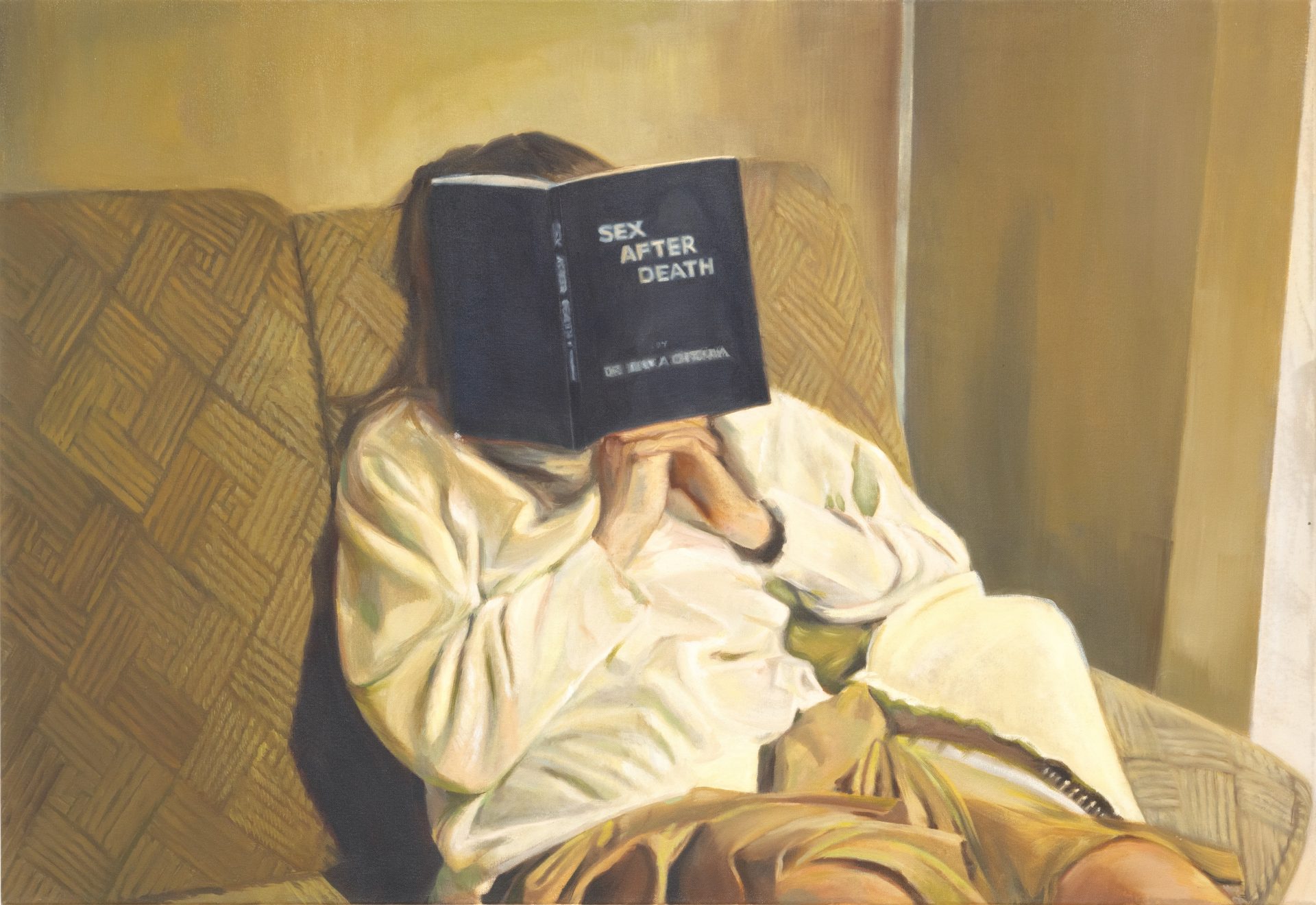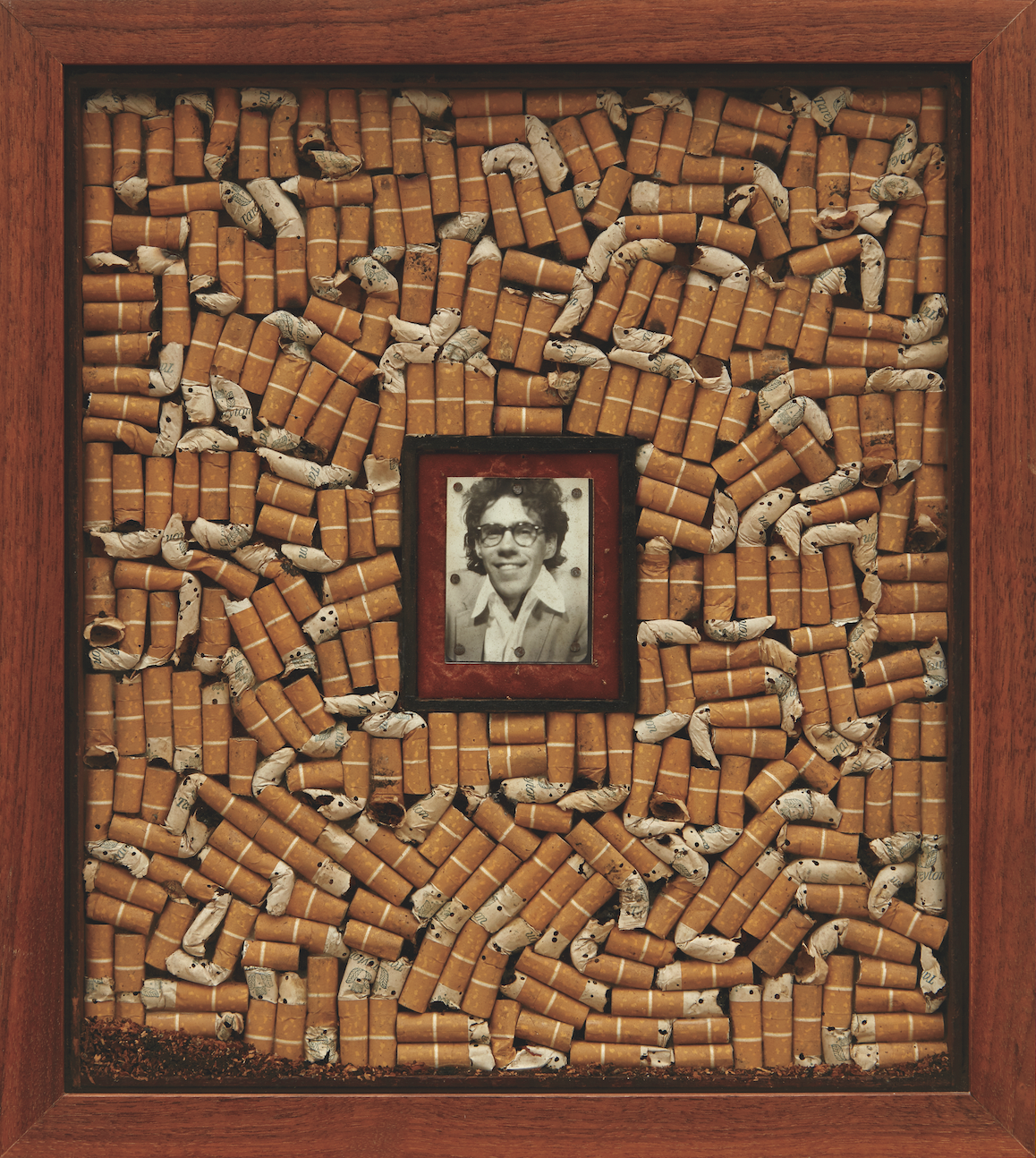
For all the history made in Barack Obama’s successful presidential run, the final Election Day ballot was about us, not him. We voted, stared into the face of American racism, and made our choice. As the African-American comic Paul Mooney said, this was the first national election that forced whites to enter the voting booth and confront race—something that blacks, Mooney noted, have been doing ever since they could vote.
For most of the civic history of black America, that reckoning has been much more than a punch line—as historian David R. Roediger and law professor Ariela J. Gross make painfully clear in How Race Survived U.S. History and What Blood Won’t Tell, books that chart the ongoing legacy of the legal apartheid system in the United States. The verdicts they offer cut against the grain of the feel-good “postracial” message that was the moral—for many in the pundit class, anyway—of the Obama candidacy. But that’s precisely what makes these books urgently necessary in the present political moment. For both argue forcefully that, for all the progress our public life has made toward the formal semblance of racial equality, the history and legal armature of white racism are much more stubborn, institutionalized features of our common life than a single presidential election, no matter how groundbreaking, can wipe away. These texts act in concert: Roediger chronicles how, when, and why racism and white privilege were created and are maintained; Gross relates how those forces overtook the legal system.
Roediger’s compact yet detailed inquiry documents the series of decisions—by federal and state lawmakers, as well as the judiciary—that secured white racial privilege throughout the country’s history, while relegating blacks to second-class citizenship. He argues that there was nothing foreordained about the American racial order. For all the bitter and bloody racial conflict that arose during the colonial period of new-world conquest, race per se was not considered a “natural category.” Instead, perceptions of primal racial difference arose through a “laboriously constructed” system of law and racial folklore— cobbled together as a largely ex post facto justification for slavery. The “spectacular example” in the colonies that enshrined “personal whiteness” as an “asset and as an identity” was a 1676 incident in Virginia called Bacon’s Rebellion—an uprising of poor white farmers and indentured servants against the colony’s British governor, which eventually resulted in the institution of the slave trade in colonial Virginia and the legal codification of white skin privilege.
It didn’t start out that way, by any means. Indeed, as attorney Nathaniel Bacon began orchestrating popular resistance to abuses under the administration of Governor William Berkeley, the revolt took shape as a cross-racial alliance, uniting whites and blacks, farmers and indentured servants—who nevertheless arrayed themselves against Jamestown’s surrounding Native American population, which was allied with the colonial regime. As the rebels inveighed against Berkeley’s economic policy, Virginia’s white aristocracy took heed of the combustible mixture of cross-racial unrest and a rhetoric of social equity.
After the rebellion was quashed, the aristocracy embarked on a divide-and-conquer initiative that would come, in a much more elaborate fashion, to shape the confrontations between poor white and black southerners during the Jim Crow era. Never again could the American colonies treat Africans as the social equals of European settlers, Berkeley and his defenders concluded—and so endorsed the foundational principle of American racism. This new racialist dispensation drastically revamped the division of labor in colonial Virginia. By “exaggerating differences between the oppression of African and European laborers,” Roediger contends, the colonial governors created “a system in which much more of the colony’s work fell to slave labor.” That is, in essence, the germ of America’s racialized social order.
Before long, the Virginia system was extended to the new American republic—and the story of its spread makes up the bulk of Roediger’s narrative. He characterizes the American founders’ “decision to declare independence while retaining slavery”—as evinced in the scrapping of Thomas Jefferson’s original draft of the Declaration, which contained a passage condemning the slave trade as a colonial evil—as something that “burdens and narrows our understanding of the Revolution.” That is, at the least, putting things too mildly; even Secretary of State Rice, who regularly avoids discussions of race, called slavery a “birth defect” in an interview earlier this year.
To be sure, the civil rights era produced important legal and political challenges to racial segregation in formal terms, but apartheid remains as firmly ensconced as ever in everyday life, Roediger argues. Even as black Americans have achieved a measure of prosperity, they are still largely consigned to separate residential and educational enclaves. In contrast, as new European immigrant populations arrived en masse in the early twentieth century, their passage into official “whiteness”—the bright-line rejection of the African race—abetted their eventual assimilation into the American mainstream.
The New Deal, famously passed via an alliance with Dixiecrat racists in Congress, did nothing to dislodge Jim Crow—and even modern liberalism, which has prided itself on racial progress, has done comparatively little to unsettle the deeper foundations of the racist social order. Roediger underscores this point by revisiting the coded rhetoric that swirled around Hillary Clinton’s primary battles with Obama, particularly her championing of Lyndon Johnson as a more effective agent of civil rights reform than Martin Luther King Jr. “To say that Johnson took great risks in pursuit of racial justice,” Roediger notes, “does not . . . mitigate the implausibility and moral obtuseness of Clinton’s comments.”
In What Blood Won’t Tell, Gross conducts a survey of case law that in many ways complements Roediger’s broader account of the color line’s persistence in American life. Gross zeros in on one revealing byproduct of the system of racialized citizenship: the legal fight of nonwhite citizens not to be counted as black under the infamous “one drop” rule of racial categorization—a stigma that could lock them out of all sorts of social benefits, from business contracts to rights of inheritance and land ownership. These so-called race identity trials offer a prism, Gross argues, that permits us to “observe the changing meanings of race throughout our history, and the changes and continuities in racism itself.” The main challenge in these reconstructions of the race dilemma, she notes, is that we have long been conditioned to view race as “self-evident” and a “fact of nature.”
By building out the social histories that inform the court transcripts she scrutinizes, Gross is able to highlight the multiple absurdities involved in enshrining race as a core principle of American law. All these contortions underline race’s status as a pure legal fiction—something, as she notes, that “may not be objectively observed.” Take, for instance, the mid-nineteenth-century lawsuit Bryan v. Walton, involving the chattel-slave property of Joseph Nunez. Before Nunez died in the 1850s, he sold six slaves; after his death, the administrator of his estate challenged the transaction. The basis: Nunez was “a man of color”; thus, he could not legally sell slaves. The suit went to trial in order to establish Nunez’s racial identity, as he had been born to a white mother named Lucy, but the race of his father hadn’t been established with any certainty. In 1864, after more than a decade of litigation, the Supreme Court of Georgia handed down a ruling that found Nunez had to be black, since, as Gross puts it, he had not exercised “the rights and privileges of whiteness.” “While no one could agree whether James [the father] and Joseph had straight or curly hair, almost everyone agreed on this point: they had not performed the civic duties of white manhood,” she notes.
Consider in much the same vein Gross’s chronicle of the Pamunkey Indians of Virginia. Like many tribes at the time, the Pamunkeys went to great lengths to deny any implication of black descent—even when it was incontrovertible—since the racial caste system in America would leave them even worse off than their dispossession and resettlement onto reservation lands had. In order to avoid any designation as “free people of color,” the Pamunkeys obtained “certificates of Indian descent” to sidestep the penalties that came with being considered black in antebellum Virginia. At the same time, though, the Pamunkeys, and other Indians with mixed racial histories, didn’t qualify for in-group privileges among “pure-bred” Indian tribes, placing them in something of a no-man’s-land amid the presumptions of two different but deeply racialized cultures. Similar dynamics took hold in scores of other identity trials that Gross recounts, involving litigants who were part or wholly Chinese, Hawaiian, or Mexican. Time and again, racial out-groups shunned in the white mainstream took to the courts to secure official protection from the obstacles of being perceived as black.
But it’s only because of the primary black-white color line that these struggles acquired a charged meaning for conceptions of legal citizenship—and for the rights and privileges that flow from the installation of race as a key division in American life. While Roediger disinters the origins of that system in the broader American political economy, Gross maps, through countless twists and turns, the extraordinary legal fictions enlisted to keep the formal workings of racial privilege on track. And both books serve as bracing reminders that “postracial politics,” however captivating it may be as a catchphrase, is very nearly an oxymoron in American life. To have a racial identity at all in this country is a political proposition. It’s undeniably true that having a black president is a historic breakthrough. But it’s no less true that we will be condemned, like the main political actors in both of these studies, to work through the myriad contradictions of race in the United States in a personal, and painful, compass for years to come.
Brian Gilmore, a writer and lawyer based in Washington, DC, is a member of the clinical faculty at the Howard University School of Law.






